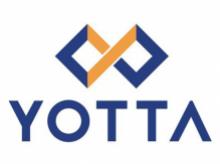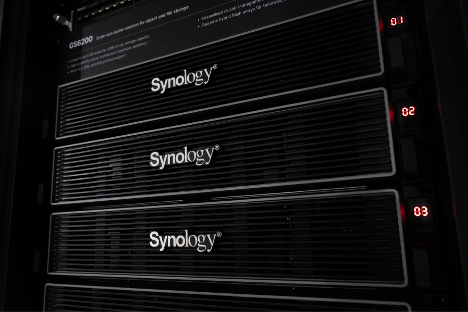L&T Technology Services Accelerates Transition to Smart Vehicles with Generative AI on AWS
L&T Technology Services a leading global
digital engineering and research and development (R&D) services company
based in India, today announced that it is leveraging Amazon Web Services (AWS)
to help global automotive manufacturers accelerate the transition towards
Software Defined Vehicles (SDVs) using generative artificial intelligence (AI).
SDVs rely heavily on software to control and
manage their operations, including performance and comfort, using sensors and
computer systems to make driving safer and more efficient. These digitally
enabled vehicles can help drive significant improvements to safety, security,
entertainment, and convenience with software updates over-the-air (OTA) from
the cloud, allowing drivers to receive continued value from their vehicle, even
after purchase. Leveraging AWS, the world’s most comprehensive and broadly adopted
cloud, LTTS helps vehicle manufacturers worldwide accelerate the development of
next-generation SDVs with tailored safety and security solutions covering
digital cockpit, connected services, and autonomous driving. LTTS has
accelerated the time to launch new products by 25% with virtual work benches on
AWS to develop and test new software for vehicle electronic control units
(ECUs), which control a car’s operation.
To help vehicle manufacturers worldwide accelerate
SDV development, LTTS uses Amazon
CodeWhisperer as the preferred development environment for
engineering teams. Providing AI-powered code recommendations in real-time,
Amazon CodeWhisperer helps LTTS’ engineers rapidly develop smart applications
like driver warnings, automated braking, and steering functions designed to
improve a vehicle’s performance on the road. This will allow fleet managers,
maintenance staff, and other stakeholders to interact with and access details
of the car via large language models (LLMs) built on AWS.
LTTS is also using Amazon
Bedrock—a fully managed service for accessing an array of
leading foundation models and building and scaling generative AI
applications—to implement cloud-based vehicle test automation and reuse already
proven, good quality, safety compliance code, to further reduce the time to
develop new software applications. With AWS
IoT FleetWise, a service that makes it easier for automotive
companies collect, transform, and transfer vehicle data to the cloud in near
real-time, LTTS can improve vehicle quality, safety, and autonomy.
To provide employees with digital skills to
accelerate innovation, LTTS embarked on an ambitious training program with AWS.
The company’s Global Engineering Academy helps in continuous skilling for
staff, including generative AI workshops with AWS. By March 2024, the academy
will train 1,000 engineers globally on vital cloud skills and applications,
including Amazon CodeWhisperer, helping them to develop SDV software and
applications faster.
“Generative AI is ushering in a new era of
possibilities for the automotive industry, and with AWS cloud services we are
able to innovate rapidly to help our customers improve mobility,” said Alind Saxena, President,
Sales and Whole Time Director at LTTS. “As we embrace the power of AI and cloud
computing, we're not just innovating - we're revolutionizing how we drive. To
fuel this transformation, we're committed to training 1,000 engineers on
generative AI with AWS by March 2024, ensuring that the future of mobility is
shaped by the brightest minds and the most cutting-edge technology.”
“As India’s automotive sector races towards
modernization, cloud technologies including artificial intelligence are the
engine propelling a future of smart, connected vehicles,” said Vaishali Kasture, Director
(Commercial Sales) of AWS India and South Asia at Amazon Web Services India
Pvt. Ltd. “We're thrilled to help innovators like LTTS
harness the full potential of cloud and generative AI to drive innovation in
the industry with a digitally-skilled workforce. Together, we're not just
building cars - we're building experiences, driving efficiency, and creating a
smarter tomorrow.”


































Leave A Comment